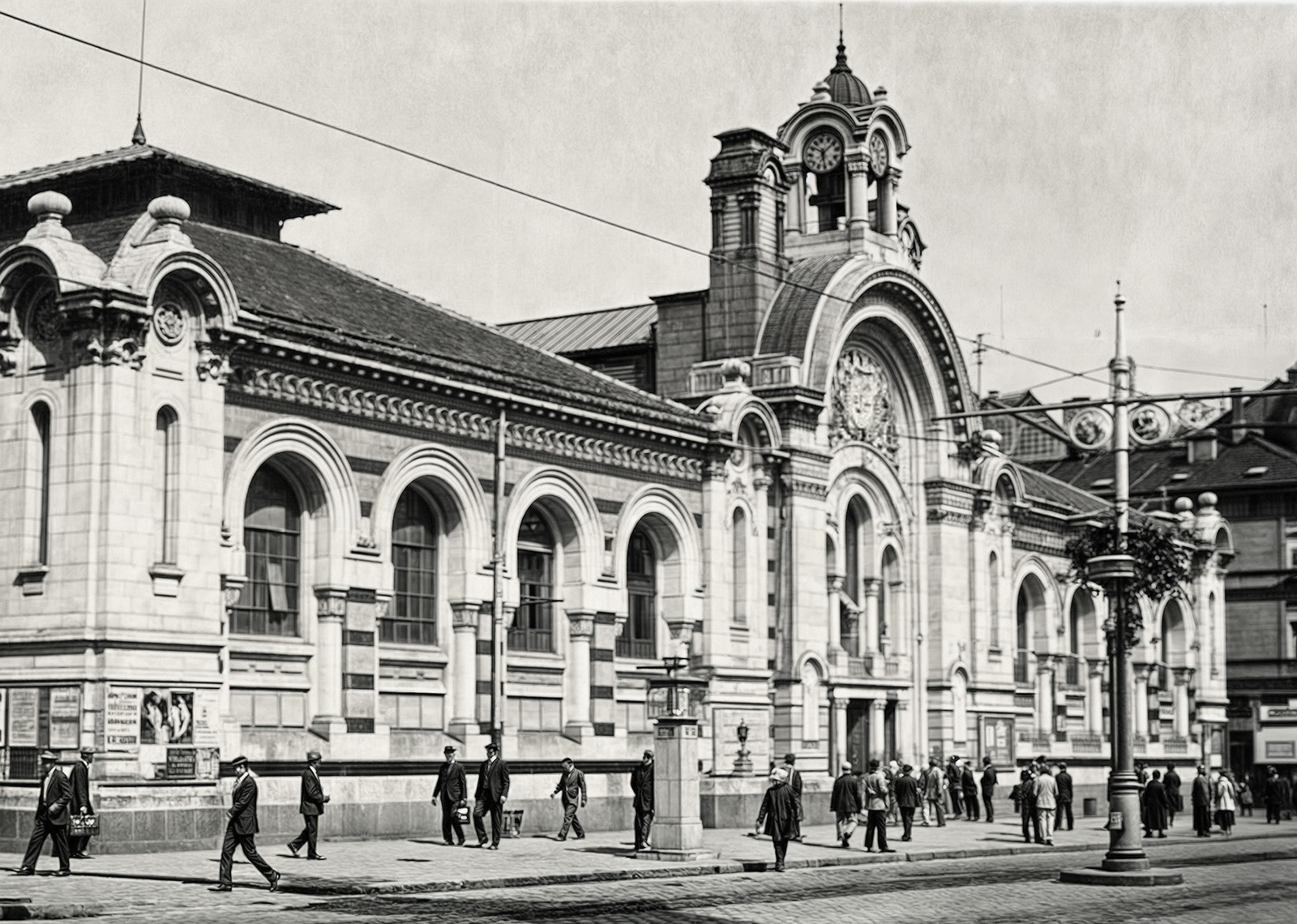
Архив - “Стара София” Central Market Hall 1930 - Edited Image
“Stara-Sofia” Archive
„Когато продавачът кажеше неприемлива цена и купувачът си тръгнеше, идваше въпросът: „Колко даваш?“ Това бе вече знак, че ще се отстъпва от цената. В надлъгването се прилагаше хитрина и психология. Често мислиш, че си взел нещо евтино, а малко по-нататък виждаш да се предлага на половин цена. Когато деца, пък и възрастни, се връщаха от покупки, в къщи ги питаха редовно: „Колко ти поискаха?“, а след това: „А ти колко даде?“ Интересуваха се как е минал пазарлъкът и кой е бил излъганият, защото не можеше да има покупка, без единият да е излъган. Това бяха ежедневни двубои и надхитряния. И с право, никой не смяташе, че ще купи по първоначално поисканата цена. Защото продавачът винаги искаше много повече от онова, което смяташе действително да вземе. В отговор купувачът даваше малко от онова, което искрено смяташе да даде. Това бе една неприятна и неприлична практика, при която винаги измамени оставаха най-доверчивите и кротки хора. За „добрия“ купувач казваха: „Той умее да се пазари“, а за продавача: „Той знае да продава“.“
Петър Мирчев. Книга за София, 1979.
“When the seller offered an unacceptable price and the buyer left, came the question “How much would you pay?” This was already a sign that there will be a discount from the price. Trickery and psychology were used in the deception. One would often think they bought something cheap and then see it a bit further on, offered at half that price. When children and adults too, came back from shopping, they were often asked at home “How much did they want for it?”, and then “How much did you pay for it?” People were eager to know how the bargaining when on and who was deceived because there could not be a purchase without one of the parties being deceived. That was the daily dueling and outwitting. And it was all right because no one believed they would make a purchase at the initially wanted price. Because the seller always asked for more than they would actually take. In response, the buyer would give a little of what they sincerely meant to give. That was an unpleasant and indecent practice whereby the most trusting and humble people were deceived. The good buyer was described as “One who can make a good bargain” and the good seller as “One who knows how to make a sale”.
Petar Mirchev. A Book about Sofia, 1979.
